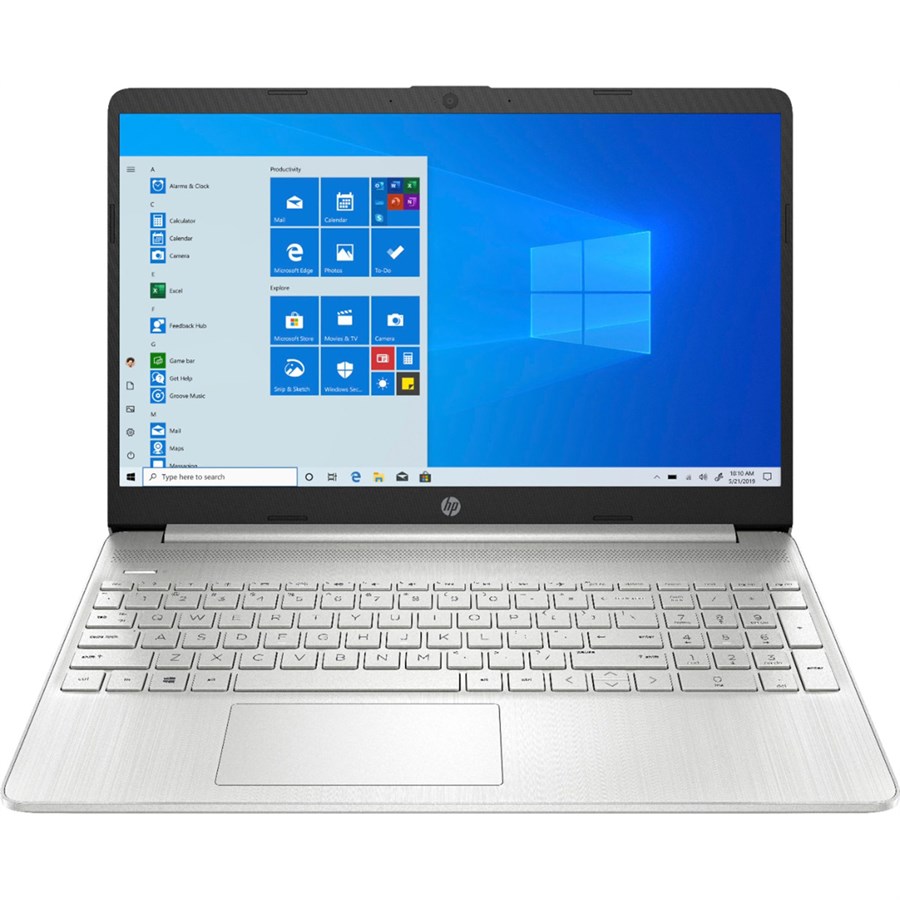In today’s world, digital technology has become an integral part of higher education. However, not all students have access to laptops or other digital devices. This digital divide can negatively impact their academic performance and limit their future professional opportunities. To address this issue, some universities and organizations have started providing free laptops to college students. In this article, we will discuss the advantages and disadvantages of this approach, compare different models for implementing Free laptop programs, and explore ways to support these programs.
Advantages of Providing Free Laptops for College Students
Bridging the Digital Divide
Providing free laptops to college students can help bridge the digital divide, ensuring that all students have equal access to educational opportunities. This can increase their academic performance and give them the tools they need to succeed in their chosen careers.
Cost Savings for Students
College students often face significant financial challenges. Providing free laptops can help alleviate some of this financial burden and ensure that they have the necessary tools to succeed in their coursework.
Improved Learning Experience
Laptops can enhance the learning experience by providing access to digital textbooks, educational videos, and online resources. This can increase student engagement and help them better understand the course material.
Disadvantages of Providing Free Laptops for College Students
Cost to the Institution
Providing free laptops to college students can be costly for institutions. This includes the cost of the laptops themselves, as well as ongoing maintenance and support.
Potential for Misuse
There is a risk that some students may misuse the laptops or use them for non-academic purposes, such as gaming or social media.
Technological Obsolescence
Technology changes rapidly, and laptops can quickly become outdated. This means that institutions may need to replace laptops frequently to ensure that students have access to the latest technology.
Comparison of Different Approaches to Bridging the Digital Divide
One-Time Laptop Grant
Some institutions provide a one-time grant to students to purchase a laptop. This approach can be more cost-effective for institutions, but it may not be sufficient to cover the full cost of a high-quality laptop.
Long-Term Laptop Loan Program
Other institutions offer a long-term laptop loan program, where students can borrow a laptop for the duration of their studies. This approach ensures that students have access to a laptop throughout their academic career, but it can be costly for institutions to maintain and replace laptops.
Bring Your Own Device (BYOD)
Some institutions have a BYOD policy, where students are responsible for bringing their own laptops or digital devices. This approach can be cost-effective for institutions, but it can create a digital divide if not all students can afford a laptop.
Success Stories of Free Laptops for College Students
Improved Academic Performance
Studies have shown that providing free laptops to college students can lead to improved academic performance, particularly for students from disadvantaged backgrounds.
Increased Access to Resources
Free laptops can give students access to online resources and educational materials that they may not have been able to access otherwise.
Better Career Opportunities
Having a laptop can give students the skills they need to succeed in their future careers, particularly in fields that require digital literacy.
Challenges and Solutions for Providing Free Laptops to College Students
Financial Constraints
Institutions may face financial constraints when trying to provide free laptops to students. One solution is to seek funding from external sources, such as grants or donations.
Technical Support
Providing technical support to students can be challenging, particularly for institutions with limited resources. One solution is to partner with technology companies or hire dedicated IT staff to provide support.
Misuse of Laptops
To prevent misuse of laptops, institutions can implement policies and procedures that outline acceptable use and consequences for misuse.
Conclusion:
In conclusion, the digital divide remains a significant barrier to educational access for low-income students, and free laptops from the government and non-governmental organizations can help bridge this gap. Government programs such as the E-Rate and ConnectED initiatives provide free laptops for eligible college students, while non-profit organizations such as PCs for People and Komputers 4 R Kids offer refurbished laptops to those in need. Additionally, there are various best laptops for college students to choose from, based on their needs and budget.
Using laptops for college has become increasingly important as more learning and collaboration move online, and proper care and maintenance of these devices are crucial for their longevity. Students can benefit from online resources for studying, note-taking, and writing papers, as well as for repairing and replacing their laptops when necessary.
The impact of technology on education is both positive and negative, and while providing free laptops can help bridge the digital divide, it is important to consider the potential costs and benefits of such programs. Advocacy and support from individuals and organizations are necessary to create change and ensure equal access to educational technology.
In summary, providing free laptops for college students is an essential step towards closing the digital divide and promoting educational equity. By advocating for these programs and supporting laptop donation and distribution efforts, we can help ensure that all students have access to the technology they need to succeed in college and beyond.









